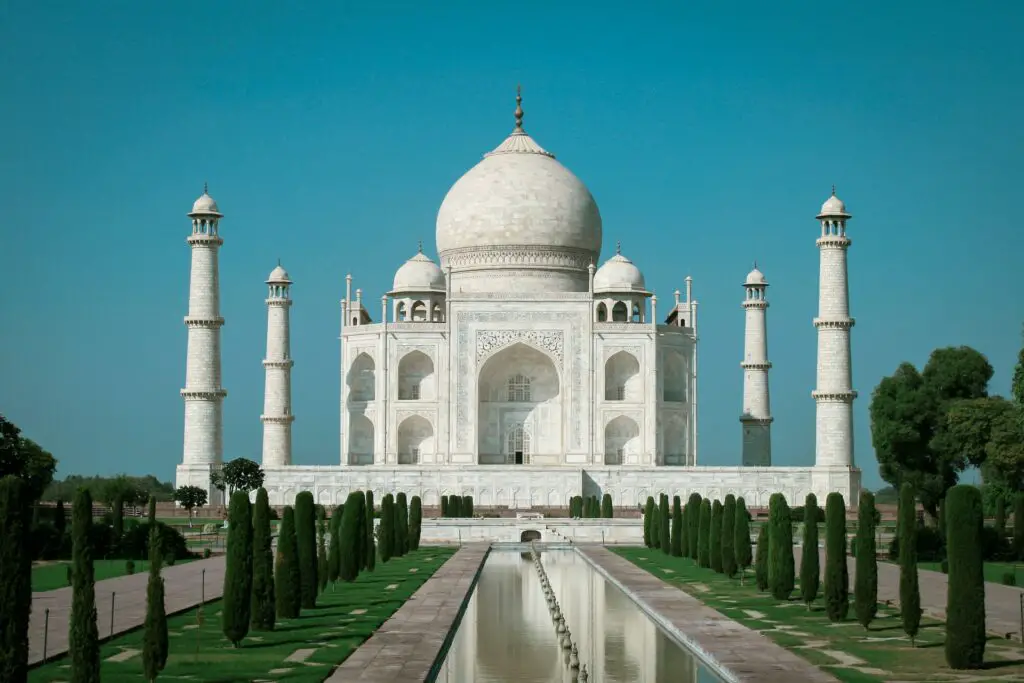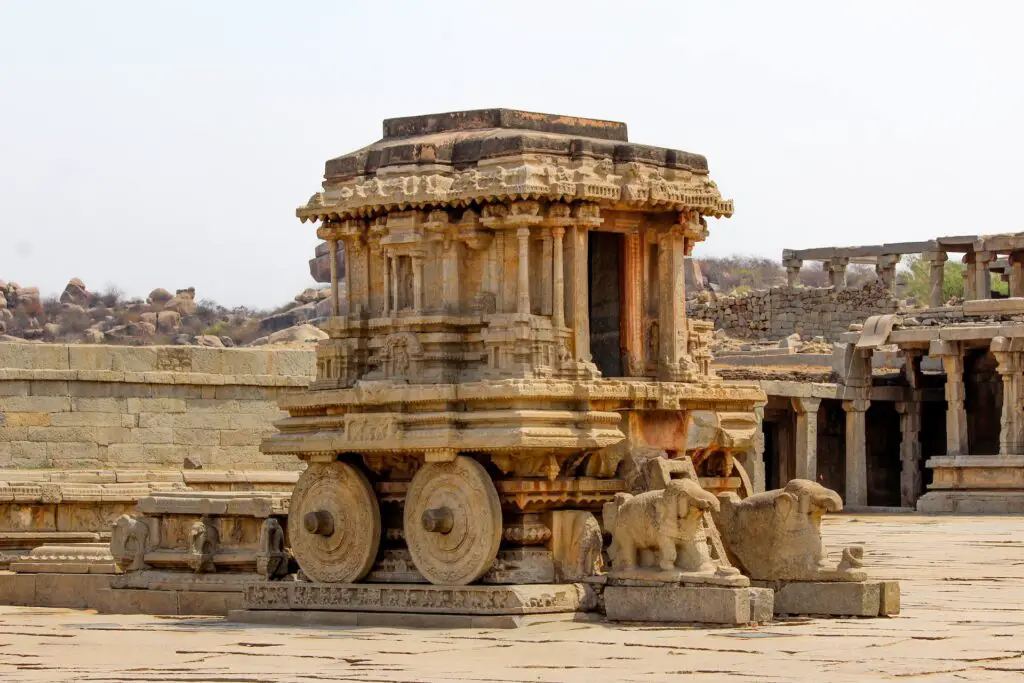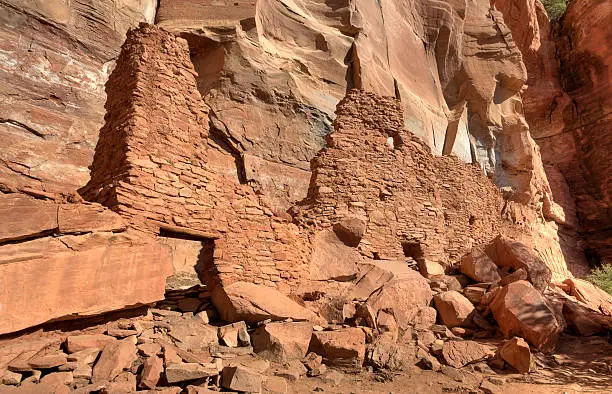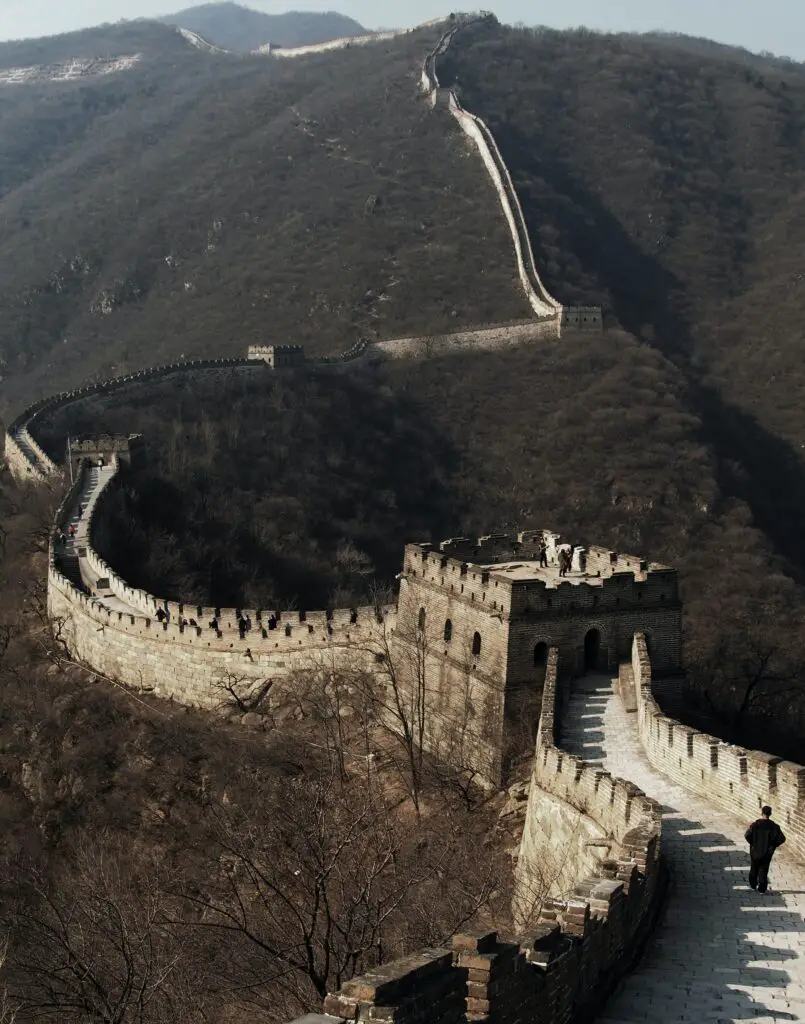Overview of Colosseum
![500+ Colosseum Pictures [HD] | Download Free Images on Unsplash](https://media.istockphoto.com/id/1194899511/photo/colosseum-in-rome-without-people-in-the-morning-italy.webp?b=1&s=170667a&w=0&k=20&c=f6zUZEzhtIAoM0vNiAhv8LuAhmotXKFMXDG66sspXJU=)
Colosseum is a large amphitheaters located in Rome, Italy, is an ancient landmark well known for its historical and architectural significance. Before we going to start brief overview about Colosseum we should start from its initial Constructions. As we know, The historical wonder well known as the Flavian Amphitheatre, was built around C.E 70 and 72 under the commission of Emperor Vespasian who belonged to the Flavian dynasty. Later onwards this massive open theatre goes to several modifications and changes over a period of time. Interestingly it was built on the site of an artificial lake of Emperor Nero’s Domus Aurea palace complex.

We have many questions about the Colosseum, but the biggest question is what is the core purpose for constructions? Initially the Colosseum opened for Emperor Titus and celebrated the 100 days of gladiator games. But its primary purpose is to be built as a venue for spectacles such as gladiatorial contests, animal hunts, mock naval battles, and other public shows. Due to its popularity Colosseum hosted a number of dramas, and re-enactments. As per some historians point of views those events held here to entertain the Roman citizens and to display the power and greatness of the Roman Empire.
![500+ Colosseum Pictures [HD] | Download Free Images on Unsplash](https://media.istockphoto.com/id/1404400875/photo/rome-italy-at-the-ancient-colosseum-amphitheater.webp?b=1&s=170667a&w=0&k=20&c=cIfVPq7zr23oIUAktPjaNyJJSIPnjPuxKceFqSL2Es4=)
Most exhibiting things about Colosseum is its intrinsic Design and Features. Such a massive open theatre contains vast areas of structures measuring 189 meters long, 156 meters wide and 50 meters high. Easily measured as 189 by 156 meters contains spaces like towering 4 stories high, 8 entrances, and 76 patrons 2 for event participants and 2 for emperor’s use. At a time this Amphitheatre can accommodate an estimation of 50,000 to 80,000 spectators or viewers. The amphitheater consisted of four floors, including the ground floor with arches, the second and third floors with decorated columns, and the fourth floor with small rectangular windows.

Architectural innovations of the Colosseum is next level, well-furnished architecture built on the basis of Roman architecture style and most breaking for its time. Considered as the most complex and largest structure in the entire Europe, it took seven to eight years of time to complete the whole project. Its features include most advanced engineering techniques, such as a complex system of vaults and arches that evenly distribute the weight of the structure. Its columns using 3 unique styles with the doric style ground floor columns used as wealthiest romans are accommodated. Seating arrangements not only for fun or festival purposes are even carefully designed to ensure the efficient movement of people and allow for quick evacuation if needed.
As we said before, the Colosseum underwent a lot of modifications and later it declined its pages of history. Over the centuries, modifications and repairs were made due to a lot of reasons like natural disasters, war and damages. You can see the original wooden arena floor was later replaced with a more durable one made of stone. However, after the fall of the Roman Empire, the importance and maintenance of the Colosseum declined. Upcoming dynasties are never kept too important to protect the values and beauties of the Colosseums. Eventually landmark witnessed abandoned and suffered damage from earthquakes, stone-robbers, and natural deterioration.

Over a period of time the Colosseum adopted many restoration and preservation techniques and initiatives, even form the governments. Majorly during the 18th century efforts were made to restore and preserve the Colosseum. Especially its outer wall was reinforced, and archaeological experts try to excavate and present ongoing works to reveal the historical layers within the amphitheaters. After getting UNESCO World Heritage site recognitions and listed in the 7 wonders of the world, Colosseum became known as one of the most elegant and famous backpacker’s destinations in the entire world. Due to major restoration and preservation initiatives it stands as one of the most iconic symbols of ancient Roman history and a popular tourist destination which welcomes more than millions of visitors every year.
Suggested read; Pompeii, Italy- Tragical ancient lost city.
History of Colosseum
![500+ Colosseum Pictures [HD] | Download Free Images on Unsplash](https://media.istockphoto.com/id/1406381665/photo/colosseum-rome-italy.webp?b=1&s=170667a&w=0&k=20&c=QT-udEmIRaVaVcieTDldtLXDLn2OXXoaHK3eKaglwDo=)
The Colosseum has a long and vibrant rich history, passing from many centuries and dynasties. Every dynasty has contributed something in addition to this open air theatre. Let’s discuss its history according to date wise;
72 AD: It is a period considered as the initial foundation, constructions of the Flavian amphitheater began under Emperor Vespasian dynasty. Emperor Vespasian constructed a massive theatre for the purpose of providing gifts to the people of Rome. People those who are unhappy and venue for spectacles such as gladiatorial contests, animal hunts, mock naval battles, and other public shows.
80 AD: In this period dynasty power transferred father Emperor Vespasian to his son Titus. He officially called the Amphitheatre a Colosseum. He officially decrees 100 days of games for its inaugurations. The Colosseum’s complete construction was finally completed during this period by the Titus brothers, who ruled successfully until 83 AD.
217: During this period there are not many improvements made under the Colosseum; instead it faces a lot of loss and damages. Damage due to fire resulted in the colosseum’s wooden upper level being fully destroyed.
Mid-5th century: No such data are available during the mid and end of the 5th century. Some archaeologists believe that during these periods the last report of gladiator combat in the Colosseum dates from this period. It continued to be used for hunting wild animals.
End of the 6th century: Interestingly colosseum is no longer used as an amphitheater to give fun to the citizens of Rome. Additional work undertaken during the end of the 6th century like adding the chapel to building, arena floor used as a cemetery, vaulted space as a made up building wall and its seats used as house and workspaces.
12th century: Turned as a Fortified castle, yes famous Frangipani family also a famous Roman partition converted into castle.
Beginning of 14th century: Period which we can say very unlucky and less fortunate when it comes to the growth of Colosseums. This time the site is severely hit back from massive earthquakes and most portions are damaged even some are collapsed. Today only you can see the rest of the surviving portions.
Between 14th to 18th century: People between these centuries have misused the site more. Kept and stolen portions of the precious items of landmarks are used somewhere for other site constructions. Like Iron clamps are used in melted and reused, rock and stones are used to build other buildings and marbles are shifted to create Saint Peter’s Basilica.
Between 19th to 20th century: Underwent successive restoration and preservation projects from governments, pope and local Roman governments. Example like entire face of a building was claned, removing the dust and grime accumulated from Roman city traffic and environmental imbalances. Major development and popularity got this Colosseum after recognition from UNESCO World heritage site in 1980. It attracts millions of visitors and it got the most iconic and preserved ancient landmark in this work.
Colosseum in the 21st century: From A.D 70 to 2024 site almost completed 1,937 years, made as oldest and well preserved man made structure in Italy and iconic building in the globe. Due to its historical significance and architectural glimpse it receives 4 millions of visitors every year.
However, the 21st century gave more value and importance to the Colosseum after it was listed in the new 7 wonders of the world. It gives more boost to its existence and generates more tourist traffic.
10 Interesting Facts about Colosseum

- The Colosseum is considered as one of the largest amphitheaters in the world (measuring 189 meters long, 156 meters wide and 50 meters high). And it is good to say that the whole work is done by the human itself.
- It was constructed by 10,000 Jewish slaves under the rule of King Vespasian. Period goes from 72 AD to 80 AD with the help of just stone and concrete.
- Under there are 36 trap doors available, usually used for special effects like to hide as well as underground passages and ways to keep gladiators and wild animals to show the public before games begin.
- “Velarium” a type of awning featuring used during Roman times. It’s a special feature that contains every chair or seating area on the top in order to protect from the scorching sun and spectators’ shade.
- Animals usually include big cats like Lions, Tigers, Rhinos, Crocodiles and Bears. These come from the Roman Empire itself to entertain the general public.
- Sometimes games under these amphitheaters go up to 100 days. Especially during 435 AD gladiator contests stopped and lasted their animal hunting habits. Major reason is the heavy cost of animal and gladiator maintenance and aqarings.
- According to some estimates over 4, 00,000 peoples and millions of wild animals died during the game took place over a period of time.
- Almost two third of the colosseum has been destroyed due to earthquakes, vandalism and fire. The earthquake of 14th century resulted in massive damage. Today you will see only remaining portions which attracted good viewers’ opinions.
- Hosted 50,000 spectators for every event, events include animal hunting, gladiators contest and reacting to famous battles. They even tried mock sea battles.
- It got recognition from UNESCO World heritage site in 1980 and in 2007 listed in the new 7 wonders of the world.
Read about; Costa Cruises – Italian Transportation Industry.
Colosseum Ticket Prices in €
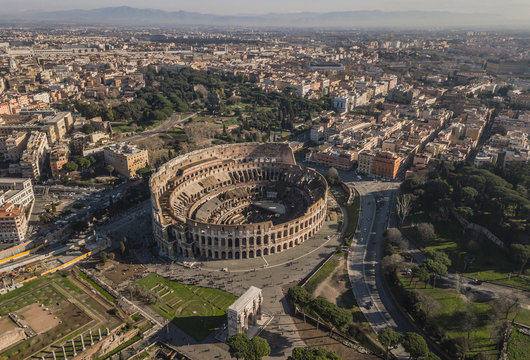
Ticket price either you can purchase online or even on the spot/ ticket counter in the Colosseum.
| Places | Entry fees in € |
| Casual entry ticket to Colosseum+Roman forum+Palatine hill. | € 24.5 |
| Without line guided tour of the Colosseum+Roman forum+Palatine hill. | € 39.9 |
| With the guided tour of the Colosseum+Roman forum+Palatine hill with Arena floor access. | € 54 |
| Guided Tour of the Colosseum. | € 41 |
| Small group guided tour for Colosseum+Roman forum+Palatine hill. | € 56 |
| Explore Colosseum’s underground with exclusive guided tours. | € 55 |
| Guided tour for Colosseum+Vatican museums (Combo pack) | € 72.29 |
| Flexible entry ticket to the Roman forum+Palatine hill. | € 32 |
| Colosseum with virtual reality experiences. | € 47.92 |
| Evening guided tour for both Colosseum with Arena floor access. | € 84 |
East Side Mario’s Restaurants.
Let’s wind up here. After completely analyzing of Colosseum we come to know that such an incredible man made architectural feat is waiting for us to explore its history and beauty of arts. Even such great wonders of the world is a reminder of the grand spectacles and cultural significance of the Roman Empire.
Related Search: Imperial Palace, Tokyo.
Q: When was the Colosseum built?
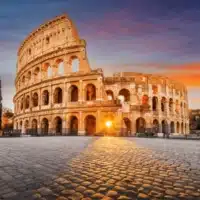
A: Construction of Colosseum was started between C.E 70 and 72 under the commission of Emperor Vespasian who belonged to the Flavian dynasty.
Q: What was the Colosseum used for?

A: Colosseum primary built as a venue for spectacles such as gladiatorial contests, animal hunts, mock naval battles, and other public shows.
Q: Why is the Colosseum broken?
A: During the beginning of 14th century site is severely hit back from massive earthquakes and most portions are damaged even some are collapsed. Today only you can see the rest of the surviving portions.


